Have you ever wondered just how vast the open spaces of Montana truly are?
Picture this: rolling plains, breathtaking mountains, and thousands upon thousands of acres just waiting to be explored.
It’s time to discover the immense size of this region because Montana is a true wilderness playground.
From the iconic Glacier National Park to the world-famous Yellowstone National Park, Montana boasts some of the most incredible natural wonders in the United States.
But more than simply these 2 treasures contribute to the size of this state.
Millions of acres of private and public lands, and even federal lands—each with its own distinct charm and personality—are at issue.
Montana spans a whopping 147,040 square miles, making it the 4th largest state in the country.
Yes, you read that right–we’re talking about thousands upon thousands of acres of land just waiting to be explored.
Montana has it everything, whether you enjoy being outside, the fantastic wildlife, or simply the peace and quiet of nature.
- Related article: Size of Montana
With its rich natural resources, diverse wildlife, and varied landscapes, Montana truly is a treasure trove for those who seek to connect with nature.
Join me on this captivating journey as we unravel the secrets of the land of Montana, one breathtaking combined acre at a time.
How Much Land Is in Montana?
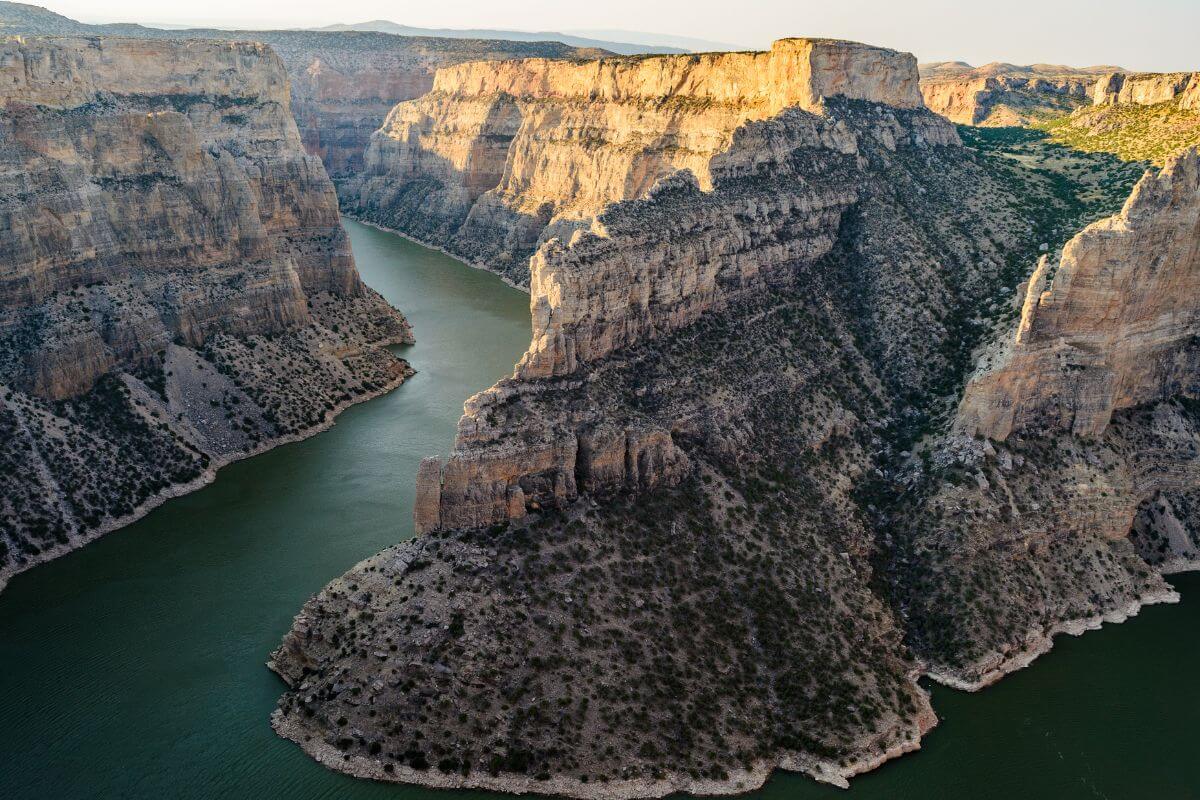
Montana, the 4th largest state in the United States, boasts a vast land area that will leave you in awe.
With a total area of 147,040 square miles and 145,509.2 square miles of land, Montana offers endless opportunities for exploration.
- Read more about Montana’s Vastness
Bordered by Idaho, Wyoming, North and South Dakota, Montana’s diverse landscapes captivate visitors from all corners of the world.
But it’s not simply Montana’s immensity; there are many other alternatives for how to use the land.
The state ranks 2nd in the nation for its 58.1 million acres of land in farms and ranches, falling just behind Texas.
The 2017 Census of Agriculture in Montana reveals a staggering 58,122,878 acres of agricultural land within a state total of around 94,105,600 acres.
Not only that but just under 62% of the state’s land is dedicated to agriculture production.
Montana also cherishes its public lands, showing great commitment to preserving its natural beauty.
The Montana Fish, Wildlife & Parks agency takes great pride in managing over 450,000 acres of wildlife management areas, over 41,000 acres of state parks, and more than 21,000 acres of fishing access sites.
From Glacier National Park to Yellowstone National Park, Montana’s varied landscapes offer thousands of acres waiting to be explored.
With its vast land area, Montana is a true wilderness playground that never ceases to amaze.
Montana Land Ownership
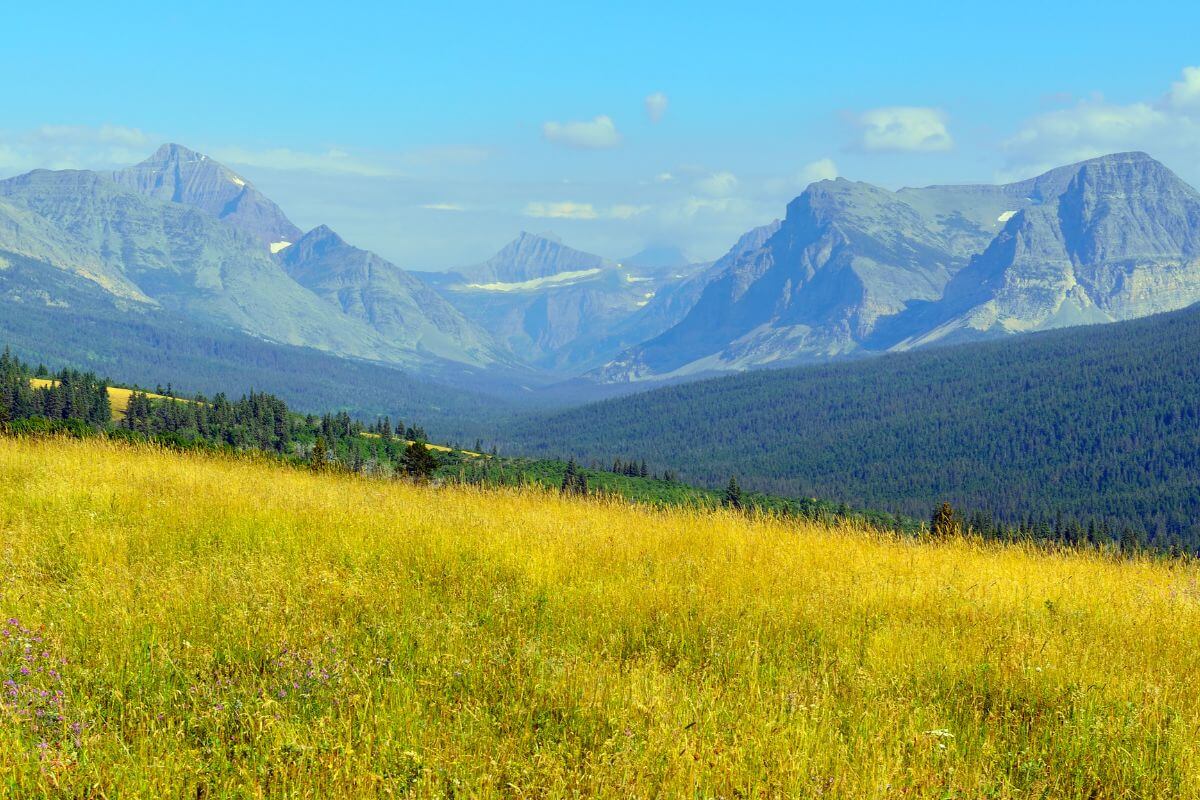
Montana, known for its stunning landscapes and abundant natural resources, has a diverse range of ownership of land.
The federal government holds approximately 29.1% or 27,038.8 acres of Montana land, primarily managed by agencies like the U.S. Forest Service and the Bureau of Land Management.
This encompasses national forests, national parks, sustainable wildlife populations and refuges, and other federally controlled lands.
Moreover, Montana boasts around 3.5 million acres of wilderness, with the majority managed by the U.S. Forest Service.
These protected areas offer pristine and untouched landscapes for outdoor enthusiasts and conservationists to explore and enjoy.
The state itself also plays a significant role in land ownership.
The Montana State holds an estimated 5.8% or 5.4 million acres of total Montana land with the Department of Natural Resources and Conservation (DNRC) overseeing most of it.
These state trust lands are managed on behalf of public institutions, including public schools and universities, ensuring their long-term financial support.
Despite substantial state and federal land ownership, nearly 65% of the land in Montana is privately owned.
This includes land owned by individuals, families, and companies. Some of the largest private landowners in Montana include Plum Creek Timber, which manages thousands of acres for timber production and conservation purposes.
Montana’s land ownership reflects a diverse tapestry of federal, state, and private interests.
With its stunning landscapes and varied ownership, the state offers a unique blend of natural treasures and opportunities for conservation efforts and sustainable land management.
Montana Land Use
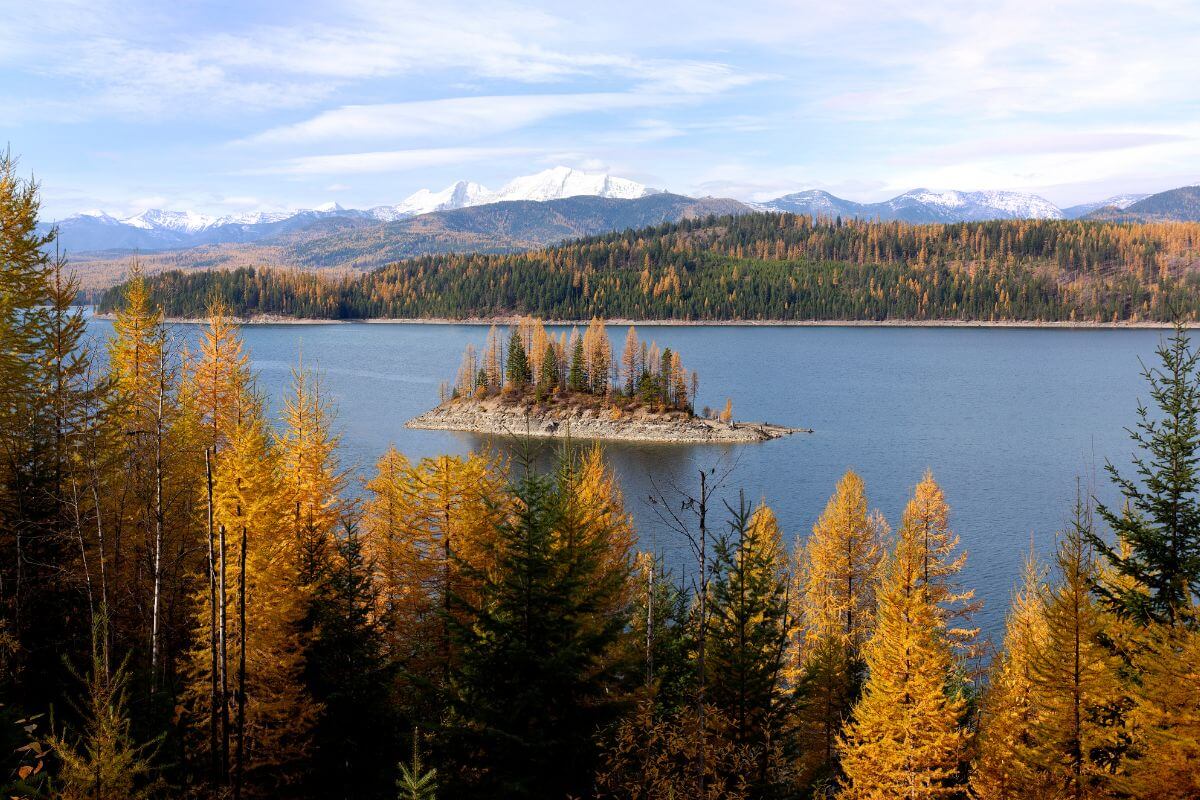
Montana, known as “Big Sky Country,” is home to vast stretches of land that showcase the state’s natural beauty.
With a land area of approximately 94 million acres, Montana is one of the largest states in terms of land size in the United States.
This expansive territory is made up of a diverse range of landscapes, including mountains, plains, forests, and lakes. Montana’s land use is not just about the wide-open spaces and scenic vistas.
Montana Agricultural Activities and Farmland
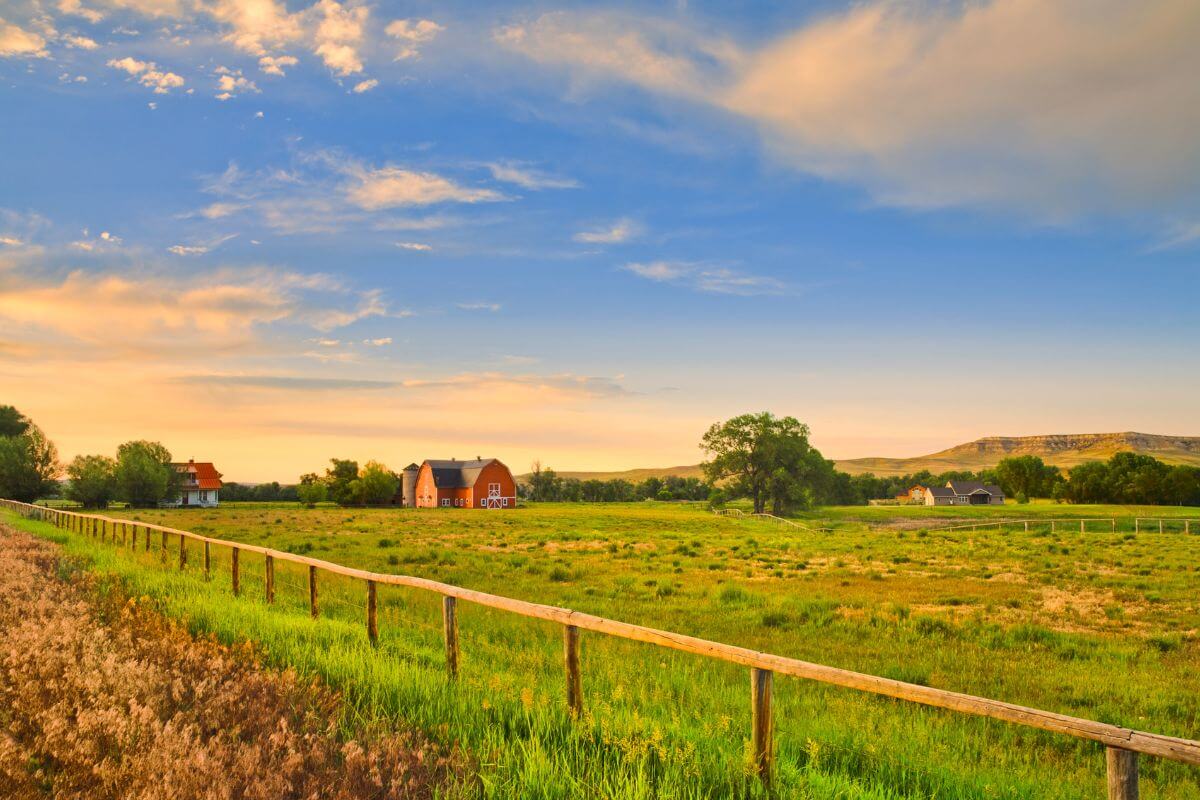
Agricultural activities in Montana play a vital role in the state’s economy and landscape.
The most common land use is rangeland, covering about 55.7% of non-federal land. It provides a vast grazing space for cattle, sheep, and other livestock.
In 2017, non-Federal land use included rangeland (55.7%), crop production (23.3%), forest (8.9%), pasture (7.1%), CRP (1.8%), development (1.7%), and other rural land (1.5%).
Of the private agricultural land, 64% or 38,787,058 acres are dedicated to grazing, while only 3% are for irrigated crops.
Montana excels in agricultural production, being the largest producer of lentils and chickpeas, and ranking 2nd for barley, dry edible peas, canola, flaxseed, safflower, and durum wheat.
Montana’s agricultural activities, farming practices, and farm sizes contribute to the state’s domestic resources and county road access, making it a thriving hub of agricultural production and valuable agricultural property.
As farm sales and average farm size continue to increase, Montana remains a vital player in the country’s agricultural landscape.
Montana Urban Areas and Development
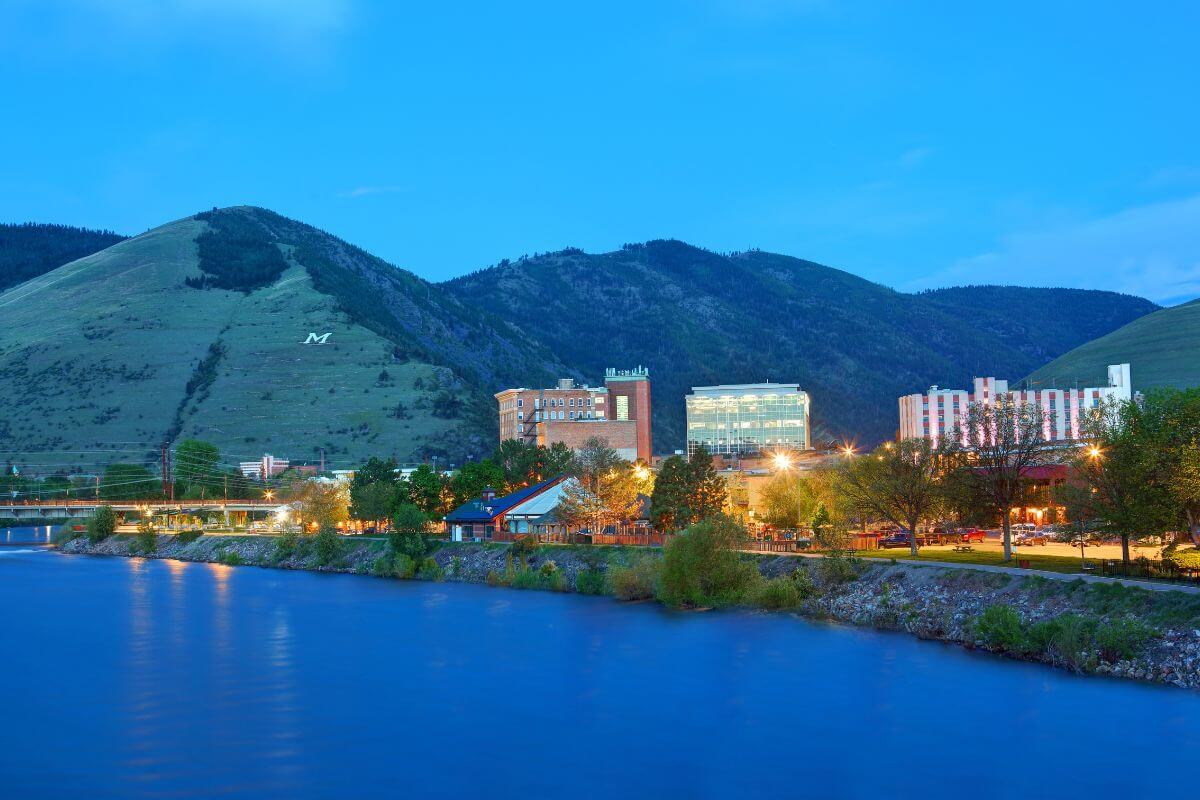
Montana’s population growth has necessitated urbanization and development, resulting in significant changes to the landscape.
Since 1982, the amount of developed land in the state of Montana has increased by 31.2%, equivalent to approximately 266,000 acres.
This growth in development has primarily involved the conversion of former cropland (31%) and rangeland (30.5%), followed by forest (19.2%), pasture (15.1%), and other rural lands (4.2%).
As urban areas expand, the demand for housing, infrastructure, and commercial spaces has led to the conversion of previously untouched landscapes.
The increase in developed land signifies the shift from rural to urban living, impacting the overall character of Montana’s landscape.
This rapid development has also had implications for various property types across the state.
From entire properties being transformed into urban areas to the development of specific sections for recreational activities, such as developed recreation sites, the urbanization process has left its mark on Montana’s real estate.
Additionally, acres under lease for drilling, current owners, and active leases have all experienced changes due to urbanization.
Despite these modifications, Montana nevertheless provides its citizens and visitors with a wealth of recreational possibilities.
Numerous acres of land are available for outdoor recreation and discovery because of the state’s diverse landscapes, which include national parks, national forests, and wildlife refuges.
From the iconic Glacier National Park to the stunning Flathead Lake and the vast forested land, Montana’s natural beauty is preserved even as urban areas expand.
As Montana continues to experience population growth, urbanization, and development will likely persist.
The challenge lies in balancing the demand for more urban areas and the preservation of the state’s diverse and valuable natural resources.
Through prudent planning and sustainable practices, Montana can ensure continued economic growth and preserve its beautiful and varied landscapes for future generations to enjoy.
Montana’s Land Final Thoughts
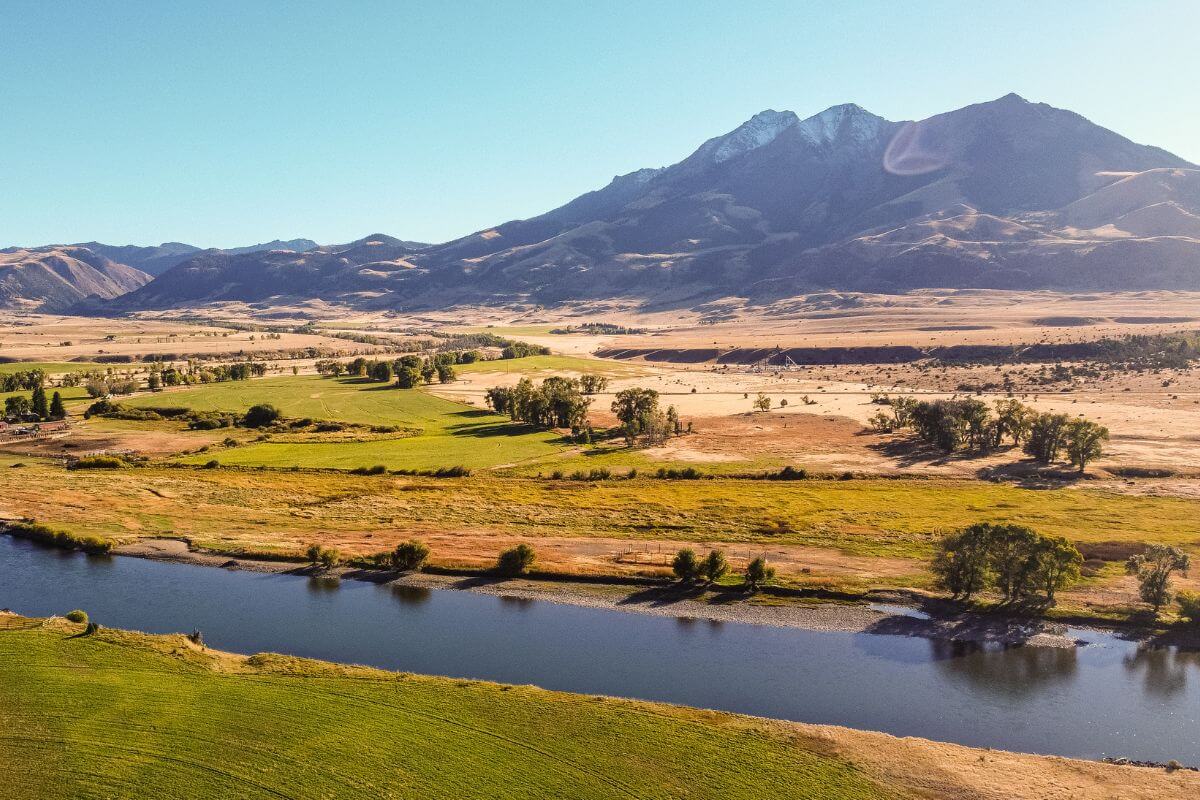
Montana boasts diverse landscapes, from national parks and forests to wildlife refuges, providing ample opportunities for endless recreation and exploration.
Despite urbanization, the state’s natural beauty remains intact.
The demand for housing and commercial spaces has transformed previously untouched landscapes, affecting various property types.
However, Montana continues to offer endless outdoor activities. It is crucial to balance development with the preservation of these valuable landscapes.
Additionally, the state’s vast land is a mix of federal, state-owned, and private land, which presents opportunities and challenges.
Tourism plays a significant role in Montana, attracting visitors to iconic destinations like Glacier National Park and Flathead Lake. Agriculture and mining also contribute to the state’s economy.
Sustainability must be a priority as Montana’s land is utilized and managed.
The balance between economic development and conservation is crucial.
The future of Montana’s land depends on continued efforts to safeguard the environment and animals, promote ethical land use, and give priority to sustainable industry.
The state of Montana’s property is a significant treasure that merits careful preservation because of its magnificent vistas, historic sites, and abundance of natural resources.
Montana’s Land FAQs
1. Who Owns the Majority of Land in Montana?
The majority of land in Montana is owned by the federal government, with approximately 27,038.8 acres under federal ownership.
The Bureau of Land Management Montana/Dakotas manages about 8.3 million acres of federal land in Montana, North Dakota, and South Dakota.
These federal lands are managed by various federal agencies and play a crucial role in conservation, recreation, and resource management.
2. How Big Is Montana Compared to Other States?
Montana is the 4th largest state in the United States, with a land area of 147,040 square miles.
It is smaller than the 3 largest states, namely Alaska, Texas, and California.
Despite its large size, Montana has a relatively low population density, which allows for wide open spaces and a variety of landscapes to explore.
3. How Much of Montana is Privately Owned?
Nearly 65% of land in Montana is privately owned, offering vast opportunities for homesteading, land sales, agriculture, and outdoor recreation.
Private land in Montana is a haven for individuals looking to develop crops or raise cattle due to its rich soil and varied scenery.
Explore Montana further by giving these other articles a read:
- https://www.blm.gov/office/montanadakotas-state-office
- https://www.nass.usda.gov/Statistics_by_State/Montana/Publications/Annual_Statistical_Bulletin/2022/Montana-Annual-Bulletin-2022.pdf
- https://dnrc.mt.gov/_docs/conservation/Rangeland-Resources/2022-23-MT-Rangeland-Resources-Program-Strategic-Plan.pdf
- http://archive-dnrc.mt.gov/divisions/trust/docs/recreational-use/montana-access-guide-to-federal-and-state-lands-2018.pdf
- https://mslservices.mt.gov/legislative_snapshot/Land/Default.aspx

